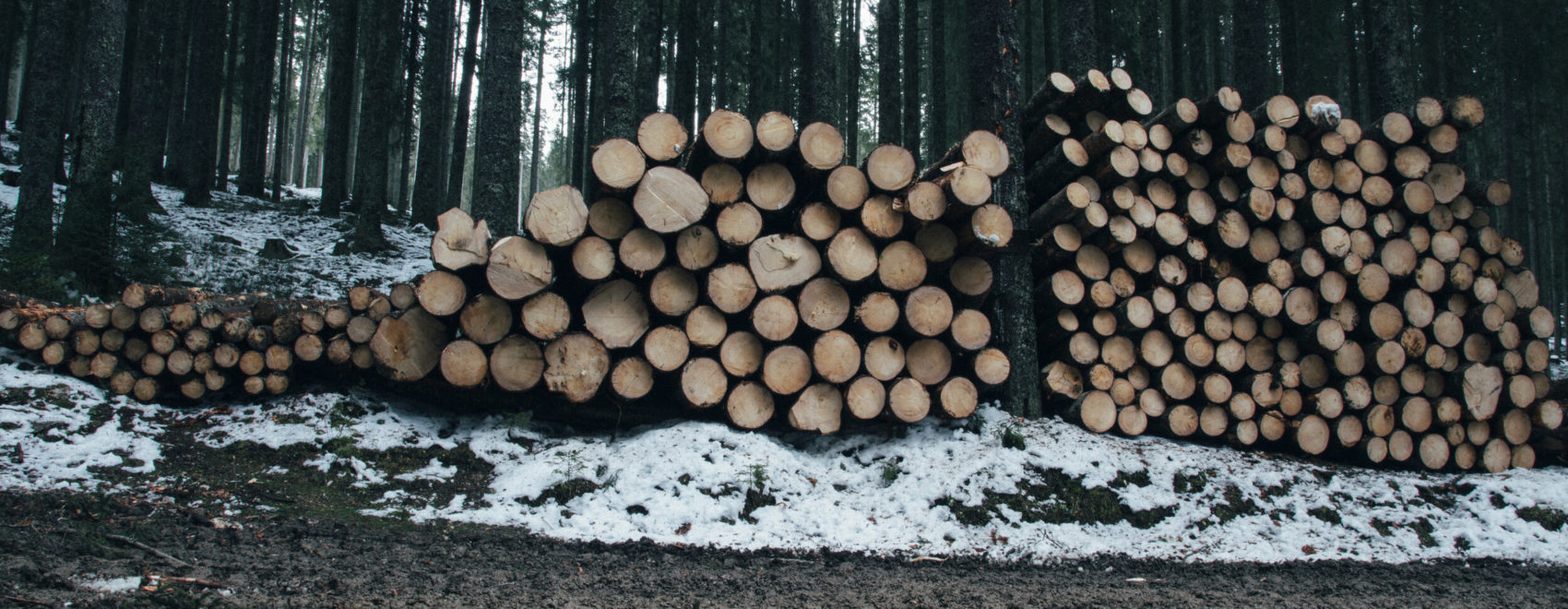In recent years, land managers have used a variety of methods to accomplish forest restoration and hazardous fuel treatment. This area of our website is intended to provide valuable information regarding fuel treatment options. Use this area of our web-site to learn about mulching (chipping, mastication); lop and scatter; and burn piles.
Mulching (Chipping, Mastication)
Mastication Fuel Treatments in the Southwest– Southwest Fires Science Consortium
Over the past decade, fuel treatments using mechanical mastication have become increasingly common. Mastication provides a means to treat fuels that are otherwise difficult to treat with prescribed fire. However, a number of questions have arisen regarding the effectiveness and impact of the treatments. The authors spoke with land managers across the Southwest who have implemented mastication treatments and observed their performance and effects. Some of their insights are presented here along with summaries of research conducted on mastication treatment

___________________________________________________________________________________________________
Fire behavior in masticated fuels: A review – Forest Ecology and Management publication: – Jesse K. Kreye, Nolan W. Brewer, Penelope Morgan, J. Morgan Varner, Alistair M.S. Smith, Chad M. Hoffman, Roger D. Ottmar
Mastication is an increasingly common fuels treatment that redistributes ‘‘ladder’’ fuels to the forest floor to reduce vertical fuel continuity, crown fire potential, and fireline intensity, but fuel models do not exist for predicting fire behavior in these fuel types. Recent fires burning in masticated fuels have behaved in unexpected and contradictory ways, likely because the shredded, compact fuel created when trees and shrubs are masticated contains irregularly shaped pieces in mixtures quite different from other woody fuels. We review fuels characteristics and fire behavior in masticated fuels across the United States. With insights from the few laboratory and field burning experiments conducted, we highlight the variation likely to occur across different ecosystems in which these treatments are being widely implemented. Masticated debris has a propensity to flame and smolder for long durations. Fuel variability and vegetation response will likely influence whether or not treatments reduce long-term fire hazard. We identify key science needs that will better elucidate fire behavior and effects in these treatments. With mastication widely applied in an expanding wildland–urban interface it is crucial to understand how such fuels burn. What we learn about combustion in these fuels will inform effective fuels management in these and other mixed fuels

___________________________________________________________________________________________________
Efficacy of mechanical fuel treatments for reducing wildfire hazard: Forest Policy and Economics – Robert J. Huggett Jr., Karen L. Abt , Wayne Shepperd
Mechanical fuel treatments are increasingly being used for wildfire hazard reduction in the western U.S. However, the efficacy of these treatments for reducing wildfire hazard at a landscape scale is difficult to quantify, especially when including growth following treatment. A set of uneven- and even-aged treatments designed to reduce fire hazard were simulated on 0.8 million hectares of timberland in Colorado. Wildfire hazard ratings using torching and crowning indices were developed; stands were selected for treatment; treatment was simulated and hazard ratings were reassessed. The results show that the even-aged treatments initially place more area within our hazard thresholds than do the uneven-aged treatments and that the uneven-aged treatment that removes more small stems reduces risk more than the treatment removing more large stems. The treatment costs follow the same pattern, with the even-aged treatments costing least. However, potential revenues are, as expected, higher for the uneven-aged large treatment. The results also show that both higher costs and higher revenues accrue to the treatments applied to the higher risk stands. Treatments also have differing risk reductions depending on the initial risk category. Even without considering growth or revenues, the outcomes of a state-level treatment program are difficult to estimate. This implies that at a minimum, forest-level, if not state-level analyses including overall measures of risk reduction, costs, revenues and long-term effects need to be conducted in concert with setting priorities for treating timberlands.
___________________________________________________________________________________________________
Mastication and prescribed fire impacts on fuels in a 25-year old ponderosa pine plantation, southern Sierra Nevada: Forest Ecology and Management- Alicia L. Reiner , Nicole M. Vaillant, JoAnn Fites-Kaufman, Scott N. Dailey
Due to increases in tree density and hazardous fuel loading in Sierra Nevadan forests, land management is focusing on fuel reduction treatments to moderate the risk of catastrophic fires. Fuel treatments involving mechanical and prescribed fire methods can reduce surface as well as canopy fuel loads. Mastication is a mechanical method which shreds smaller trees and brush onto the surface fuel layer. Little data exist quantifying masticated fuel beds. Despite the paucity of data on masticated fuels, land managers desire fuel loading, potential fire behavior and fire effects such as tree mortality information for masticated areas. In this study we measured fuel characteristics before and after mastication and mastication plus prescribed burn treatments in a 25-year old ponderosa pine (Pinus ponderosa C. Lawson) plantation. In addition to surface fuel characteristics and tree data collection, bulk density samples were gathered for masticated material. Regressions were created predicting masticated fuel loading from masticated fuel bed depth. Total masticated fuel load prior to fire treatment ranged from 25.9 to 42.9 Mg ha1 , and the bulk density of masticated fuel was 125 kg m3 . Mastication treatment alone showed increases in most surface fuel loadings and decreases in canopy fuel loads. Masticated treatment in conjunction with prescribed burning reduced both surface and canopy fuel loads. Detailed information on fuel structure in masticated areas will allow for better predictions of fire behavior and fire effects for fire in masticated fuel types. Understanding potential fire behavior and fire effects associated with masticated fuels will allow managers to make decisions on the possibility of mastication to create fuel breaks or enhance forest health.
___________________________________________________________________________________________________
Lop & Scatter
Burn Piles


